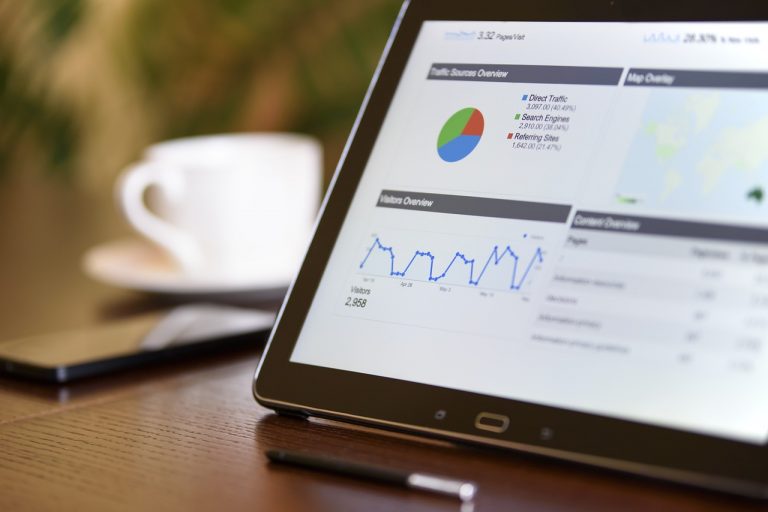
Over the past few years, experts have been warning against the dangers of spending too much time on social media. There have been calls for individuals to limit their social media use, to be more mindful about their behaviour on social media, and to avoid posting personal information online.
While people were starting to cut back on social media, things have changed drastically in the wake of the pandemic. At the start of April, nearly half of consumers indicated that they were spending more time on social media, according to findings from our coronavirus research. While the rate of social media use has started to stabilize after the initial spike, 43% still say that they have been logging in for longer due to the outbreak, and 19% claim they will continue spending more time on social media. As a result of these findings, we see a need for re-examining the existing assumptions about social media. The role of social media has changed and diversified during this crisis, and the following is how.
Social Media for News
Ever since 2014, when we started tracking social media habits, the use of social media for news consumption has been slowly rising. However, the pandemic has brought this habit to the forefront.
Social Media for Purely ‘Social’ Purposes
Prior to the pandemic, the use of social media to connect, share, and socialize was slowly being replaced by other purposeful tasks such as researching brands and consuming content. For more perspective, consider that back in 2014, people primarily used social media to keep track of what their friends were doing, to share their opinions, and to share details about themselves.
But in recent years, these purely ‘social’ activities have dipped 40% in terms of engagement. However, with physical, social interaction now being restricted, consumers have started streaming back to these platforms for the purpose of social connections. It is safe to say that the pandemic has revamped the ‘social’ elements of social media. In our data for the 2nd quarter of 2020, we have highlighted the recent spike in messaging and video calling. This surge has been a result of the increased need to connect with others and maintain a sense of community via available channels during this period.
Findings from our custom research suggest that four out of every ten US and UK internet users are sharing more personal updates on their respective platforms. This behaviour is most notable among millennials (46%). It is important to note that this hasn’t been restricted to one-to-one conversations or direct messaging platforming. People have been disclosing their personal struggles in the wake of the pandemic on both public and private channels. According to our data, 33% reported opening up more on messaging platforms such as Whatsapp, while 31% admitted doing so on public platforms such as Facebook.
This pattern has been replicated across all key demographic groups. The only exception applies to the UK, where users are more likely to make use of messaging platforms (39% vs. 31%). The coronavirus pandemic has inspired users to seek support from their wider communities. This is because, during these unprecedented times, people are feeling a lot more comfortable sharing their struggles in the public sphere.
We also witnessed this through our research, as when we asked consumers what content they found most inspirational in the past 2 months, content from the local community was the second-most popular response after content from family and friends. With more collectivist approaches being taken to handle various social and environmental issues, we expect this community-oriented change in behaviour to be the new norm. With marketing teams scaling up their efforts, delivering messages that have a local and more personal touch will be more effective in reaching an engaged and receptive audience.
What Does This Mean for Brands?
Nowadays, 24% of consumers in 18 markets discover brands through social media, and 55% prefer brands that use ‘normal’ advertising. There is no better time than now for marketers to take advantage of the evolving social media habits of consumers and finetune their messaging. The only issues are how businesses can advertise themselves in the public domain without appearing opportunistic and also how to identify the consumers’ new priorities. Business networking events can help with these issues.


